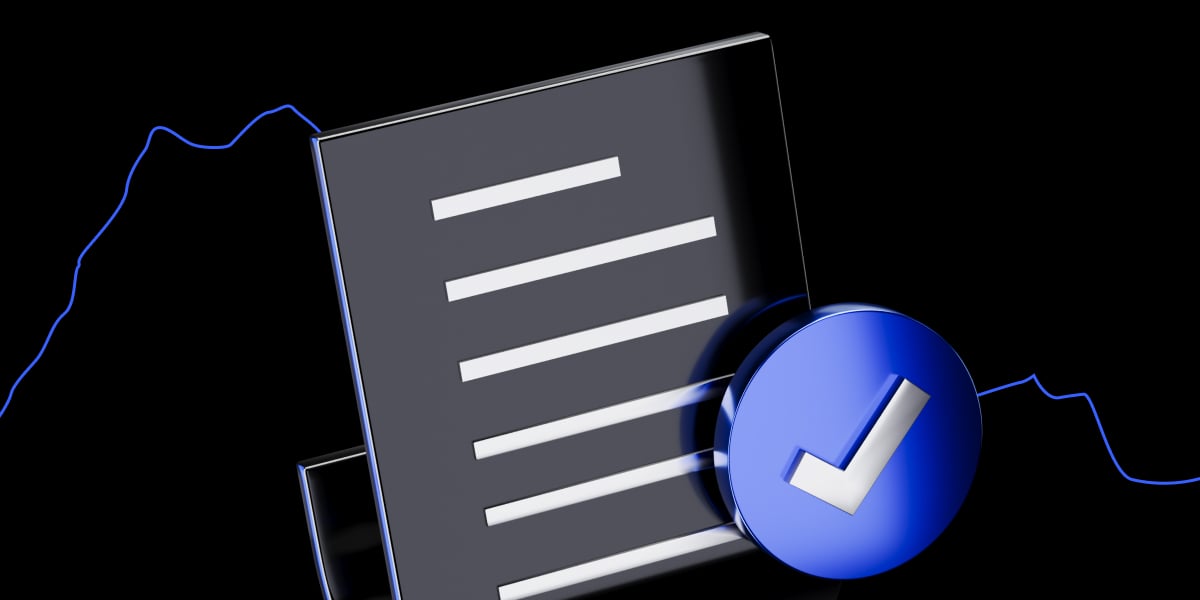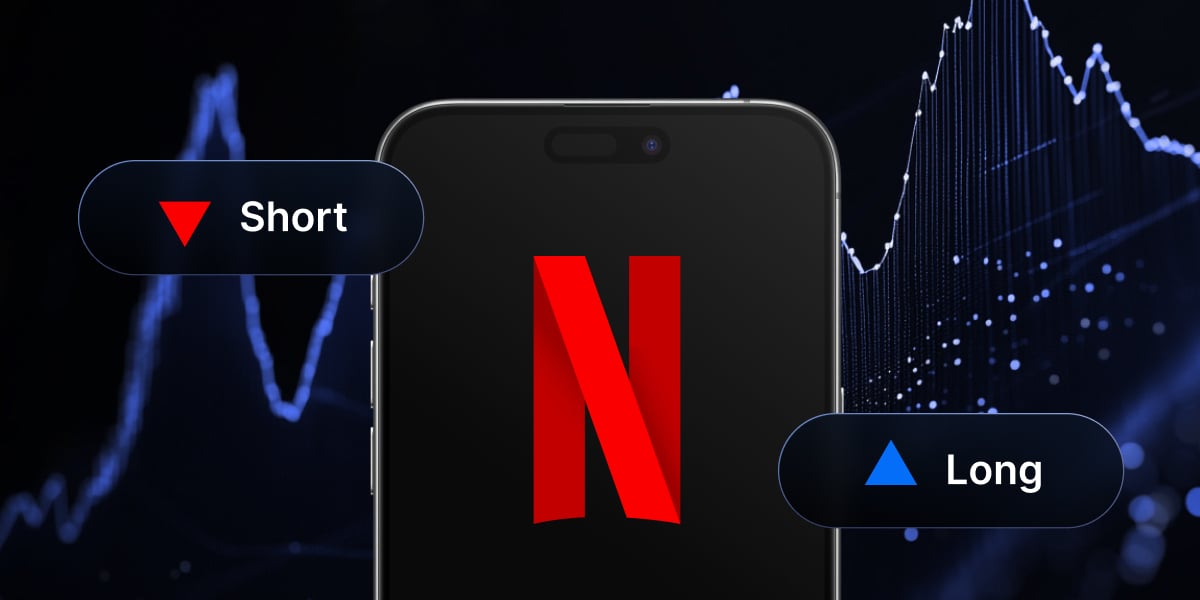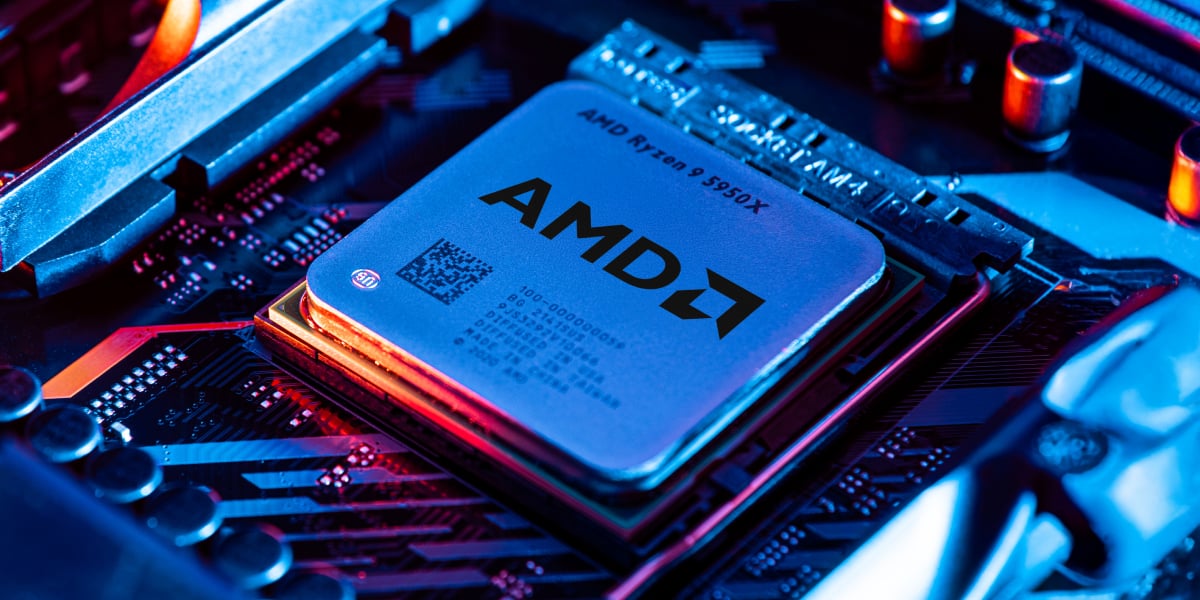While similar in their usage, ERC-20 and TRC-20 USDT tokens have minor differences that you should be aware of. In most cases, they can be used relatively interchangeably. However, there are some things to be mindful of, such as wallet differences and fees regarding these two token standards.
Tether (USDT) explained
Tether is what is known as a stablecoin. It represents one dollar on a blockchain, as it is paid 1 USDT = 1 USD. Tether, the company behind the coin, has many assets backing its currencies. Some of these holdings include US treasuries, corporate treasuries, and cash.
Tether is used in place of fiat on the blockchain, not just the US dollar. Tether also has coins representing Euros, Chinese yuan, gold, and Mexican pesos. It has been around since 2014 and is one of the most common stablecoins in the entire crypto world.
What are Token Standards?
Token standards can be best explained as rules that allow for developing cryptocurrency tokens on different blockchain protocols. Token measures include rules, conditions, and functions that dictate how the token works.
Standards are applied to application-level specifications, such as token standards, name registries, and library package formats. With this set of innovative contract standards and clearly defined parameters, anybody with sufficient knowledge may create their token using their preferred standard.
That being said, understanding the programming language underneath is essential for success.
What is Tether ERC-20?
ERC, or Ethereum Request for Comment, is a set of technical documents that contain guidelines for developing a smart contract. They define the specific location of functions for each token type and facilitate interaction between smart contracts and applications.
While anybody can create an ERC, it requires going through the Ethereum Improvement Proposal process, a document with the proposed features and strategy for the Ethereum blockchain network. If the community on Ethereum deems it an essential addition to the blockchain ecosystem, the proposal will be accepted, finalized, and implemented. The ERC-20 fungible token standard provides basic functionality to transfer tokens and allows tokens to be approved, and it was released in 2015.
It’s essentially a blueprint for creating fungible tokens on the Ethereum network. Fungible means that each token, or even fraction of a token, is equivalent to and indistinguishable from another. This is similar to how fiat currencies were, as a $5 bill is the same as another $5 bill.
What is Tether TRC-20?
TRC-20, also known as USDT-Tron, is the Tether token issued on the TRON network. It is a technical standard token and works based upon TRON’s blockchain, using TRON’s address, which means that all transactions made with TRC-20 take place on the TRON network.
TRC-20 and ERC-20 are identical except for the blockchains that they function on. One focuses on Ethereum (ERC-20), while another focuses on TRON (TRC-20). However, it is worth noting that fees on the TRON network are typically cheaper. It’s also worth noting that the underlying programming language for Ethereum and TRON is Solidity, meaning these tokens can be used back and forth.
TRC-20 vs. ERC-20: pros and cons
There are quite a few similarities when it comes to the pros and cons of both of these token standards. One of the most significant advantages ERC-20 has over TRC-20 is security, as it is considered more secure than those standards on the TRON network. Still, conversely, speed is one of the main features of the TRC-20 standard, so you may find that depending on your need, you can go back and forth between the two.
ERC-20 and TRC-20 are written in the Solidity language, so they can be used back and forth, although the problem comes with the wallet. The wallet must be able to support whatever token standard that you are trying to store. Both address styles are different, so make sure you have a compatible wallet if you are using one.
ERC-20 has a much higher gas fee, so sometimes, people will choose to use TRC-20 to avoid some of the expenses. However, with the higher transaction value, it makes sense to pay a bit more in transaction fees to have the extra security.
Conclusion
When you look at these two token protocols, they serve the same function, as they both function as a representation of fiat currency and are created by smart contracts. These tokens can be bought and sold as well as traded on exchanges, with the ERC-20 token standard containing a variety of information, including:
- Details of the total supply of tokens
- How tokens are going to be transferred
- How tokens can be withdrawn
- Token balance in the account
- How tokens will be received
Creating a token is easy for developers, and documentation is far and wide. Because of this, ERC-20 continues to be one of the favored routes for development.
On the other hand, you have the TRC-20 token standard explicitly used for the TRON blockchain. Much like its counterpart, the standard defines rules that every token in the network must follow. TRON network was created as a more efficient clone of Ethereum, with lower fees and faster transaction speed. As the TRON Virtual Machine, the operating system for TRON smart contracts uses the same Solidity language for contract programming as Ethereum; all TRON tokens and smart contracts are compatible with the Ethereum network. In other words, TRON tokens can be used on the Ethereum network and the other way around. However, it’s worth noting that Tether tokens in both standards are incompatible.
In the future, it’ll be interesting to see how this plays out because it looks like a solution looking for a problem. While it is true that TRC-20 tends to be quicker and cheaper as far as fees are concerned, at the end of the day, it’s worth noting that Ethereum has recently upgraded, so it could make all of this a moot point.
Is ERC-20 the same as USDT?
No. USDT, also known as Tether, is a stablecoin paid to the US dollar at a rate of 1:1. ERC-20 is a token standard used for the USDT. That being said, you need to make sure that the wallet you are using can handle the token standard you are using.
How to Convert TRC-20 Tokens to ERC-20 and vice versa?
You can convert these tokens by using an existing crypto wallet like Metamask/Trust Wallet, an account at an exchange that accepts TRC-20 tokens and ERC-20. In one example, you may only be able to store ERC-20 USDT in your wallet because it does not support the TRON network. Because of this, you will have to switch, and you will have to trade one for the other on the exchange before sending it back to your wallet.
Which USDT network is best?
It will come down to your usage, but as a general rule, smaller, more minor-frequency trading amounts are typically better off using TRC-20 to avoid some of the higher fees found in the ERC-20 standard. However, it’s worth noting that ERC-20 is considered safer; therefore, more significant transactions that happen less frequently are better off being done on it.
The content provided here is for informational purposes only. It is not intended as personal investment advice and does not constitute a solicitation or invitation to engage in any financial transactions, investments, or related activities. Past performance is not a reliable indicator of future results.
The financial products offered by the Company are complex and come with a high risk of losing money rapidly due to leverage. These products may not be suitable for all investors. Before engaging, you should consider whether you understand how these leveraged products work and whether you can afford the high risk of losing your money.
The Company does not accept clients from the Restricted Jurisdictions as indicated in our website/ T&C. Some services or products may not be available in your jurisdiction.
The applicable legal entity and its respective products and services depend on the client’s country of residence and the entity with which the client has established a contractual relationship during registration.




